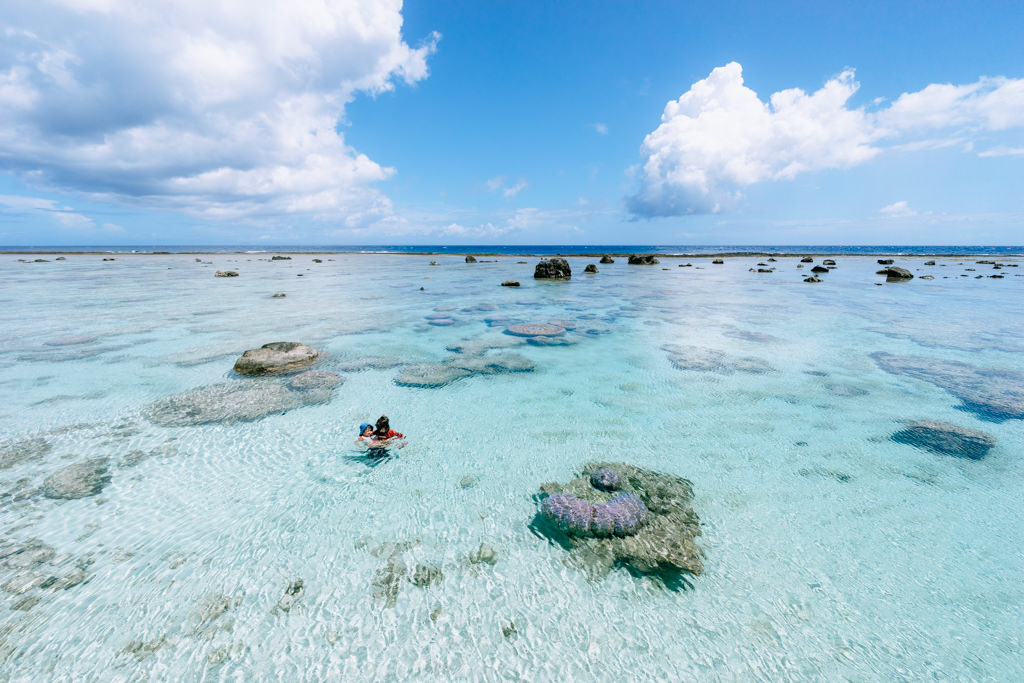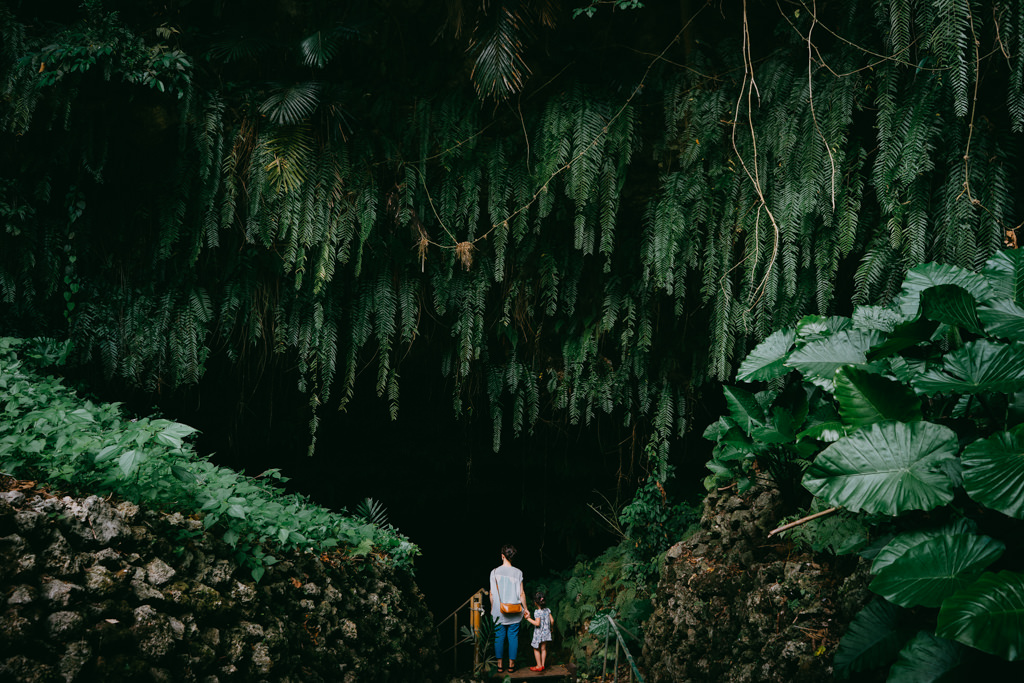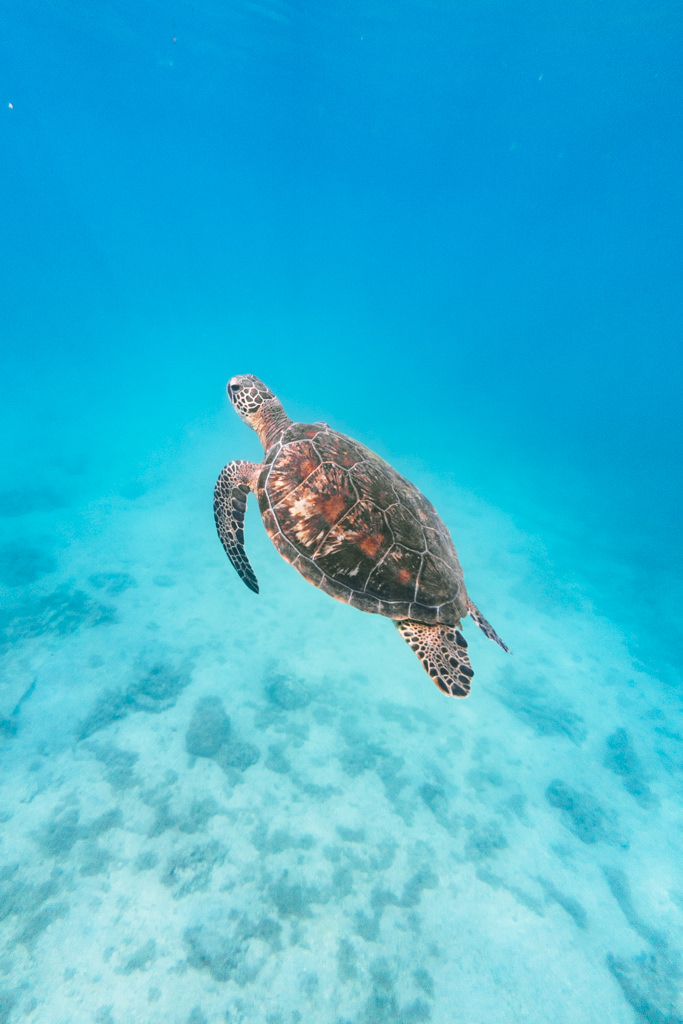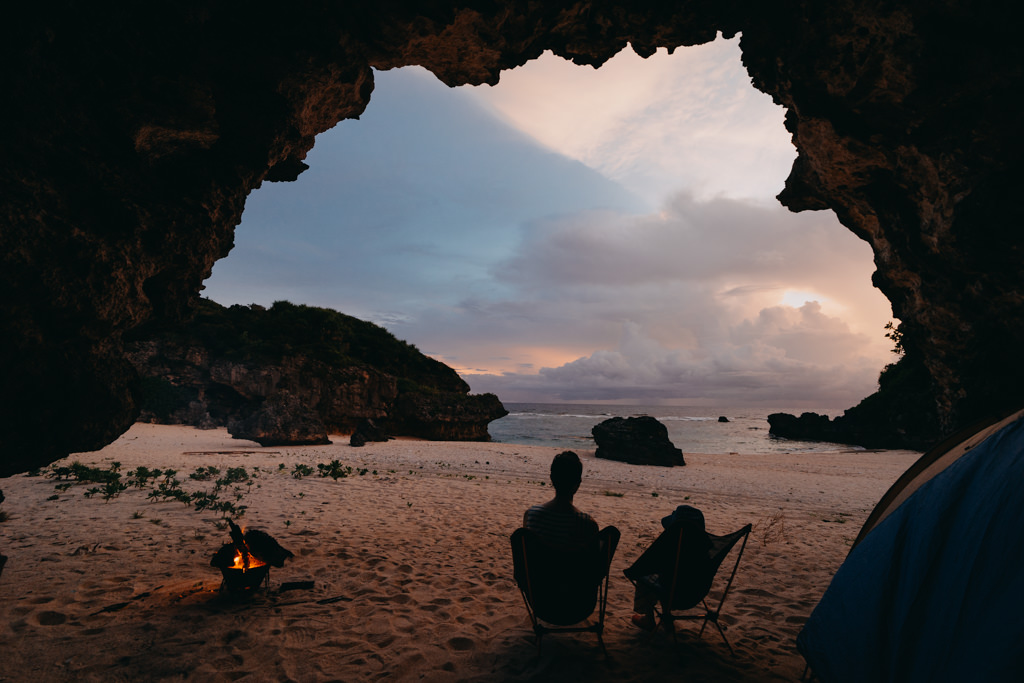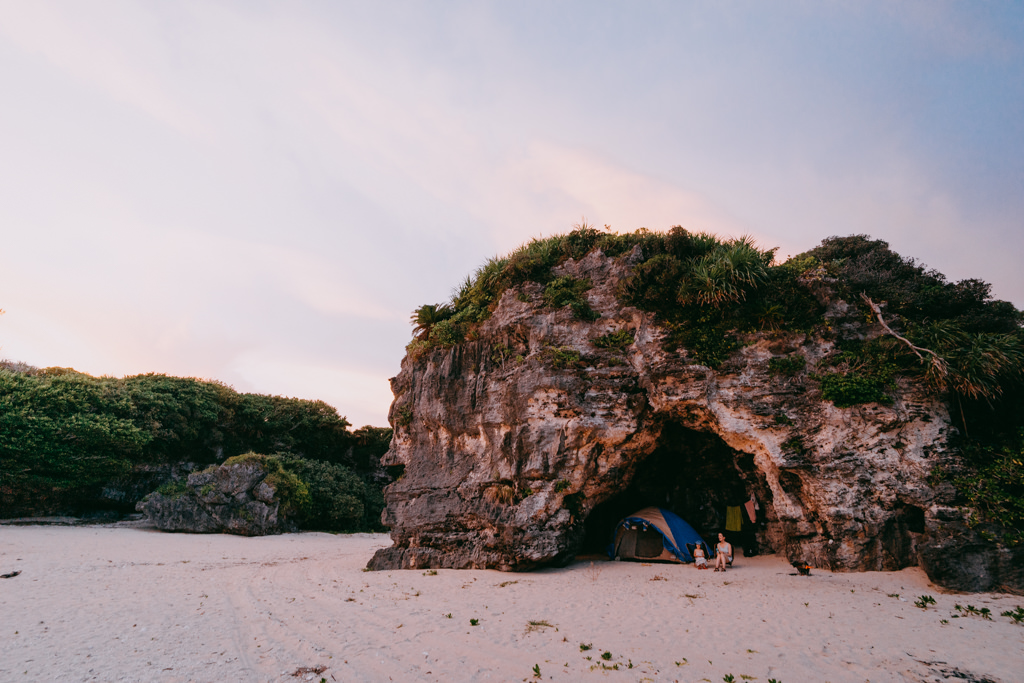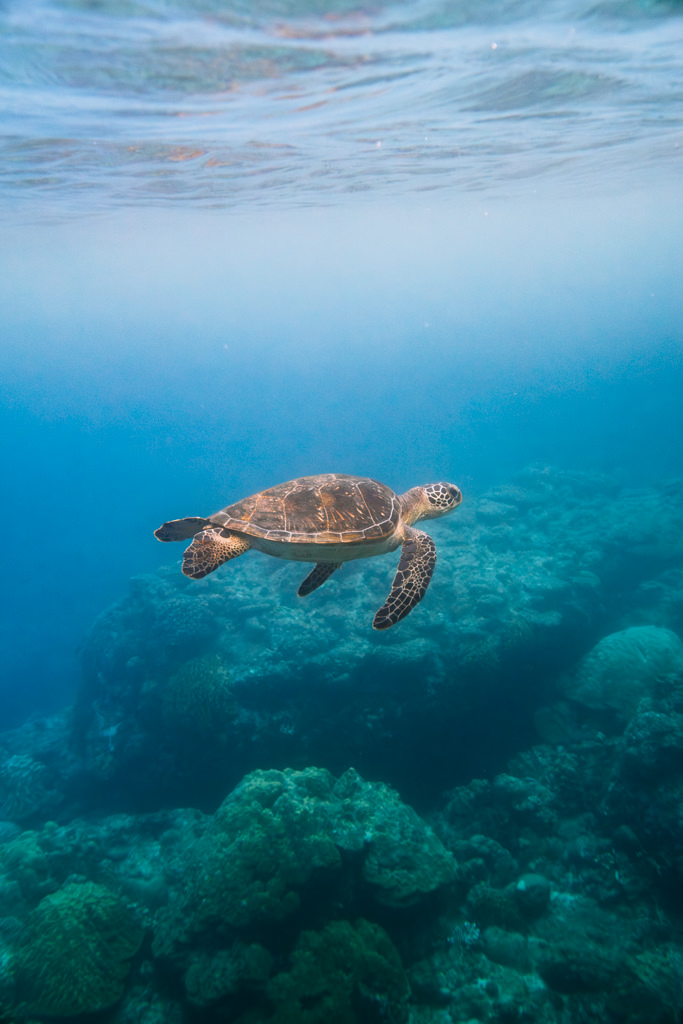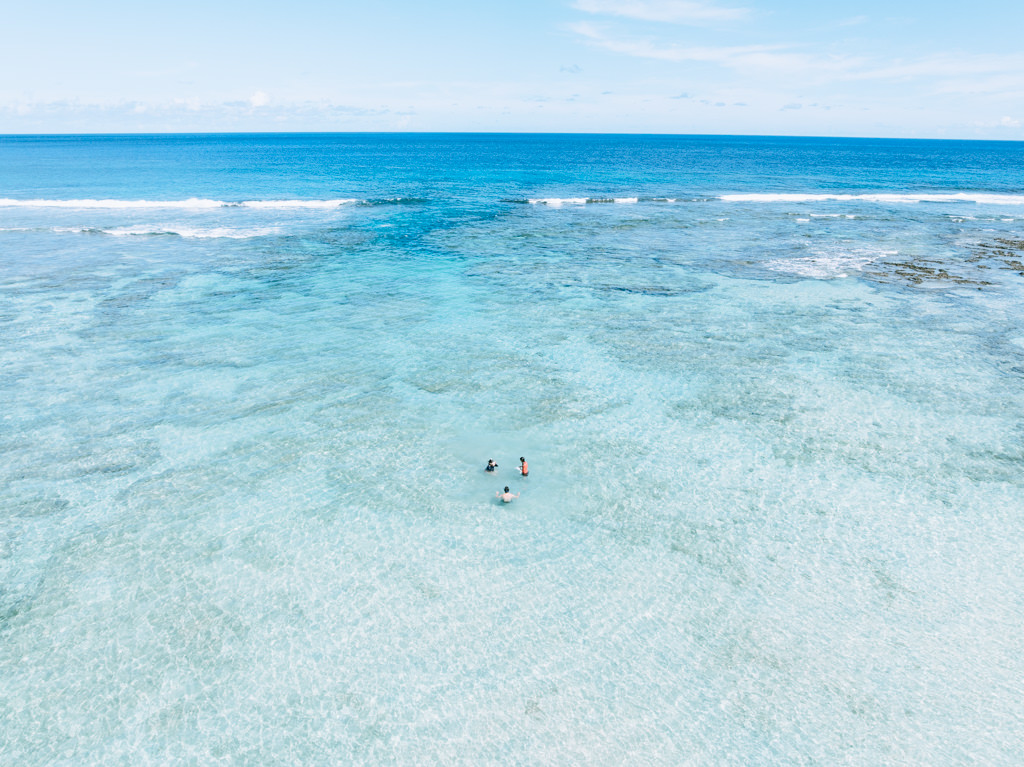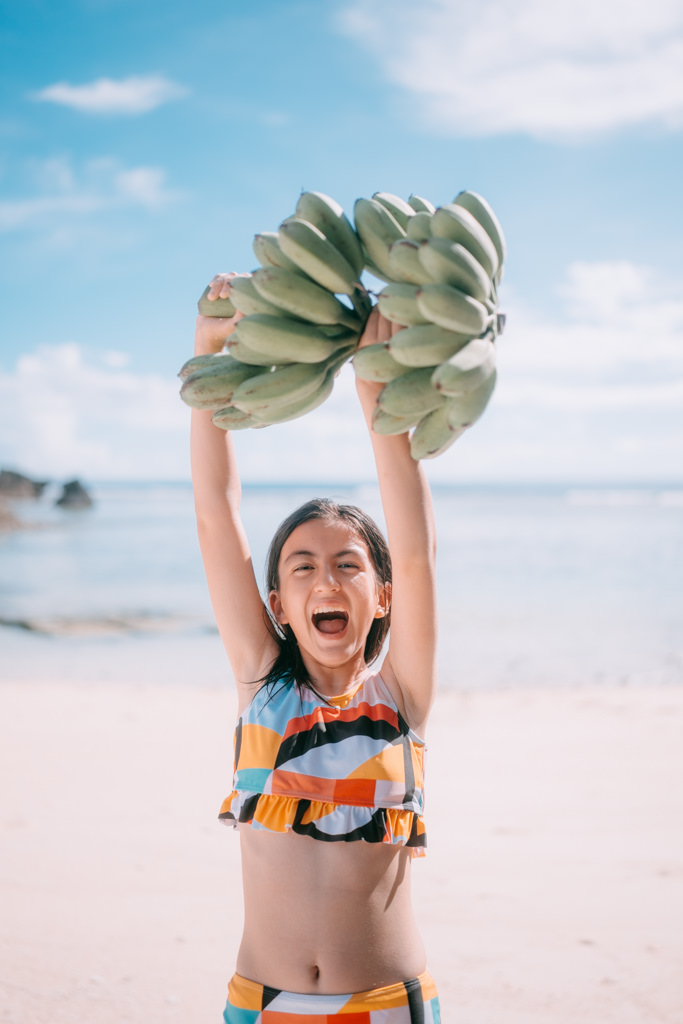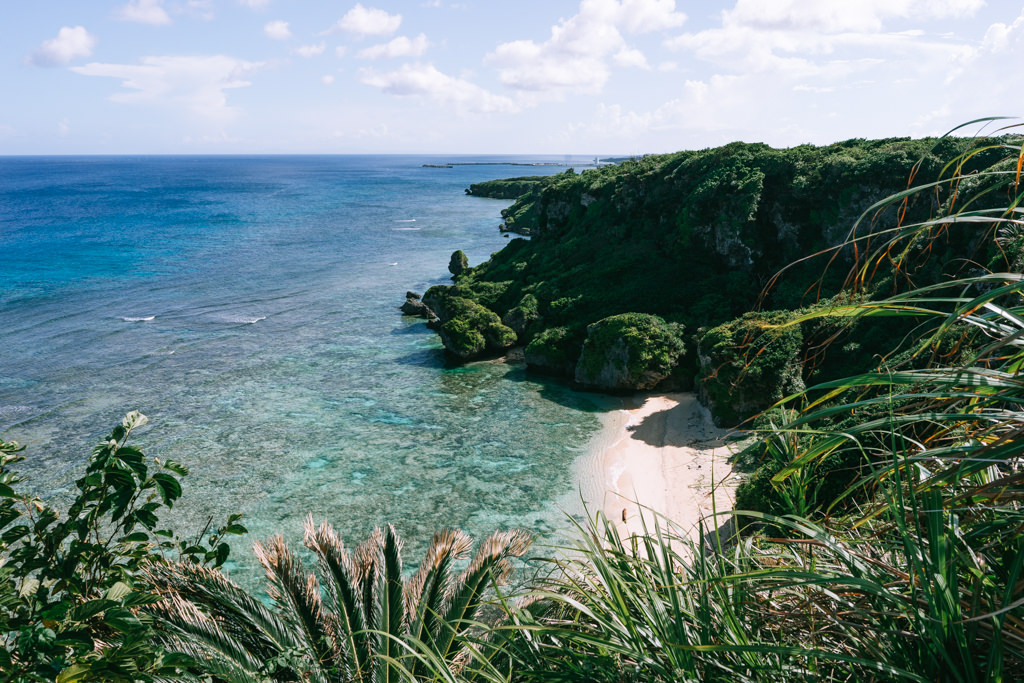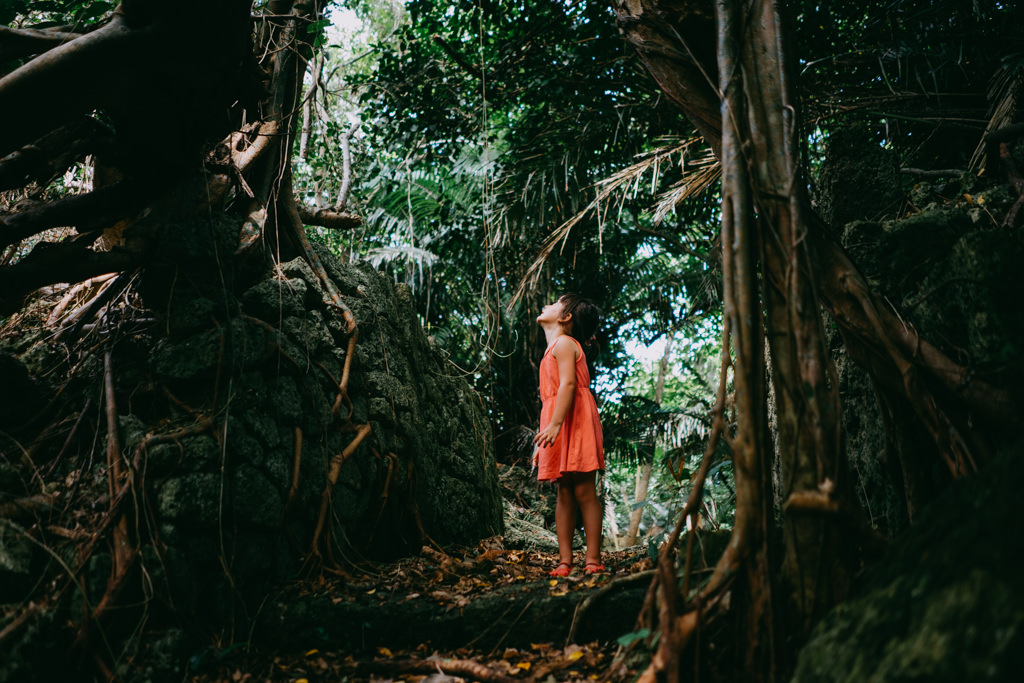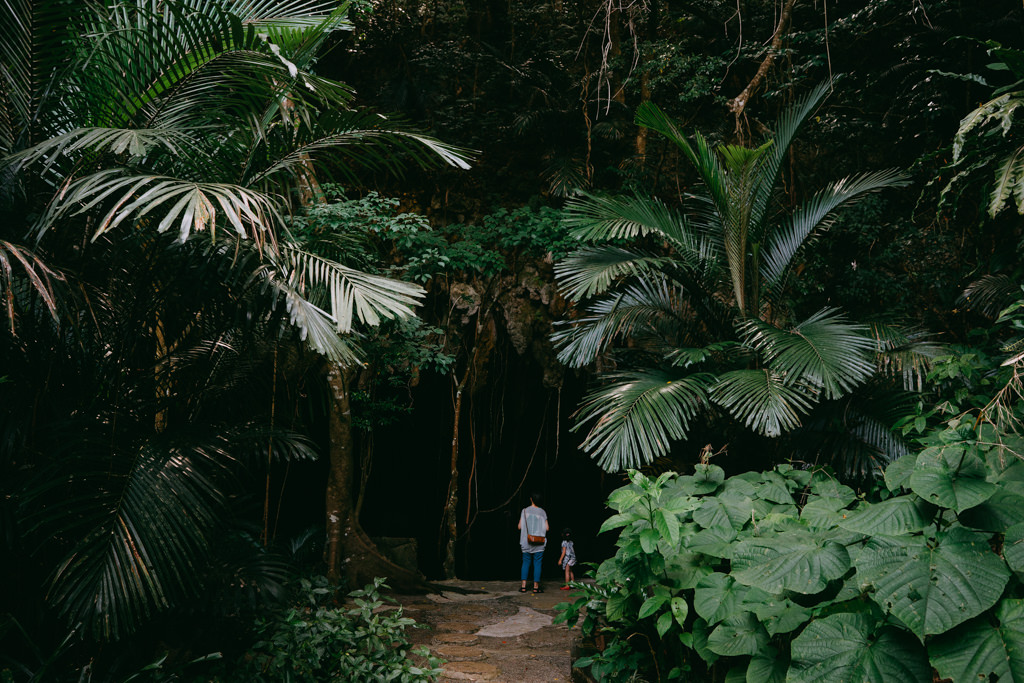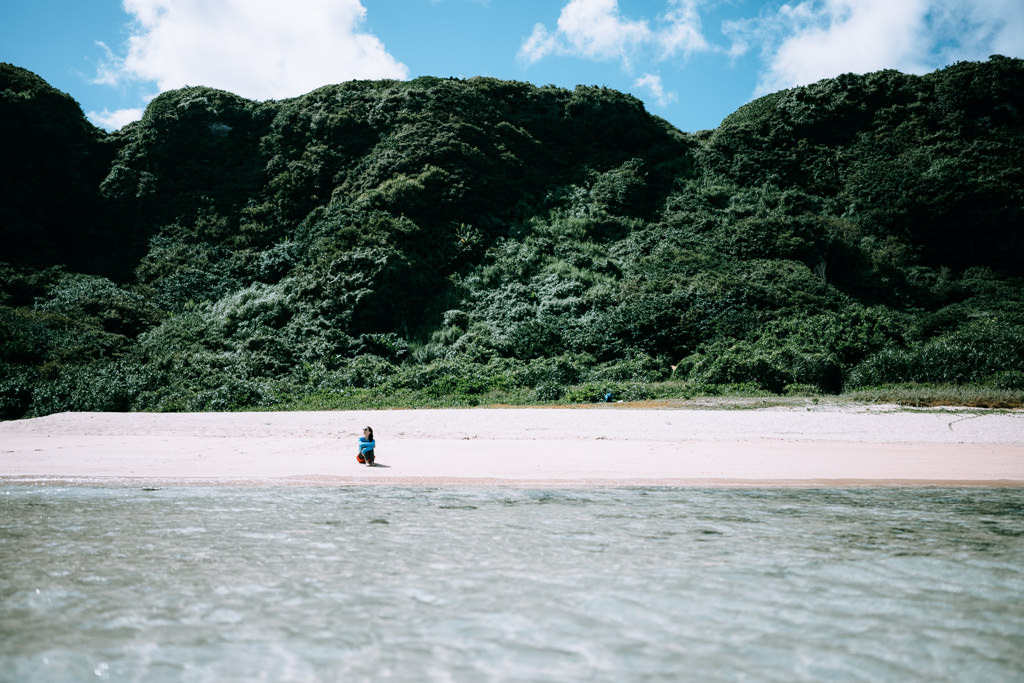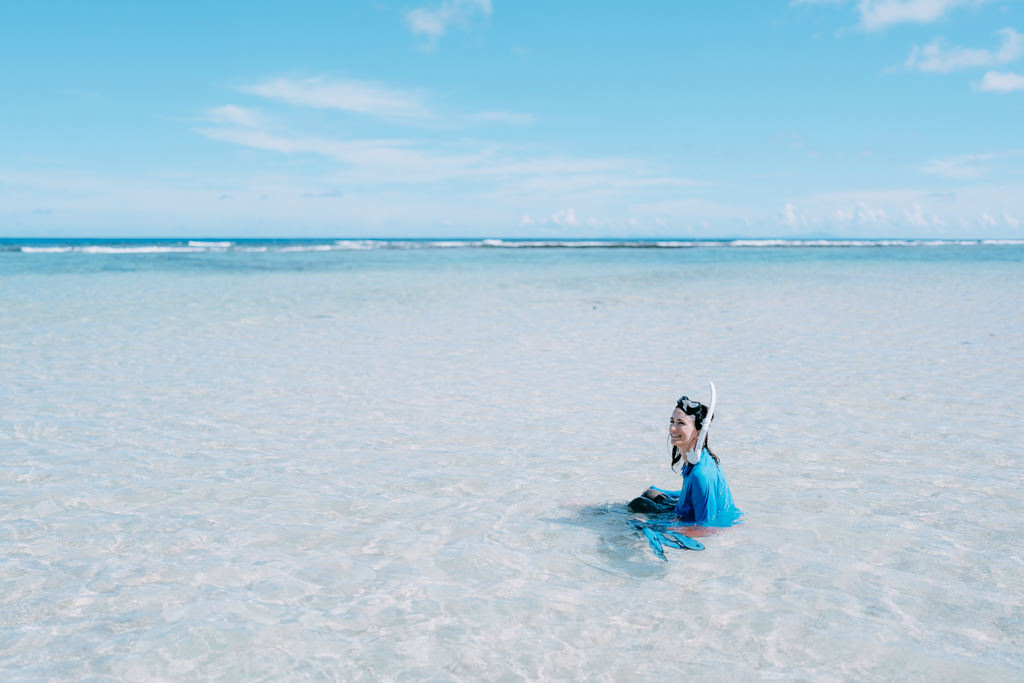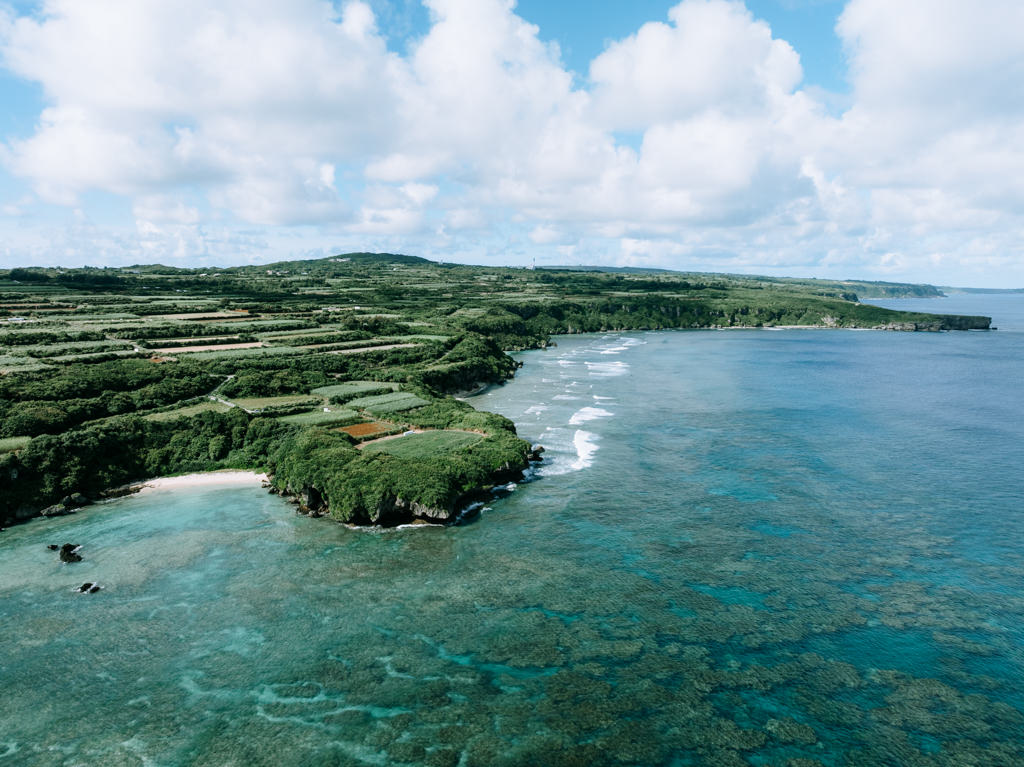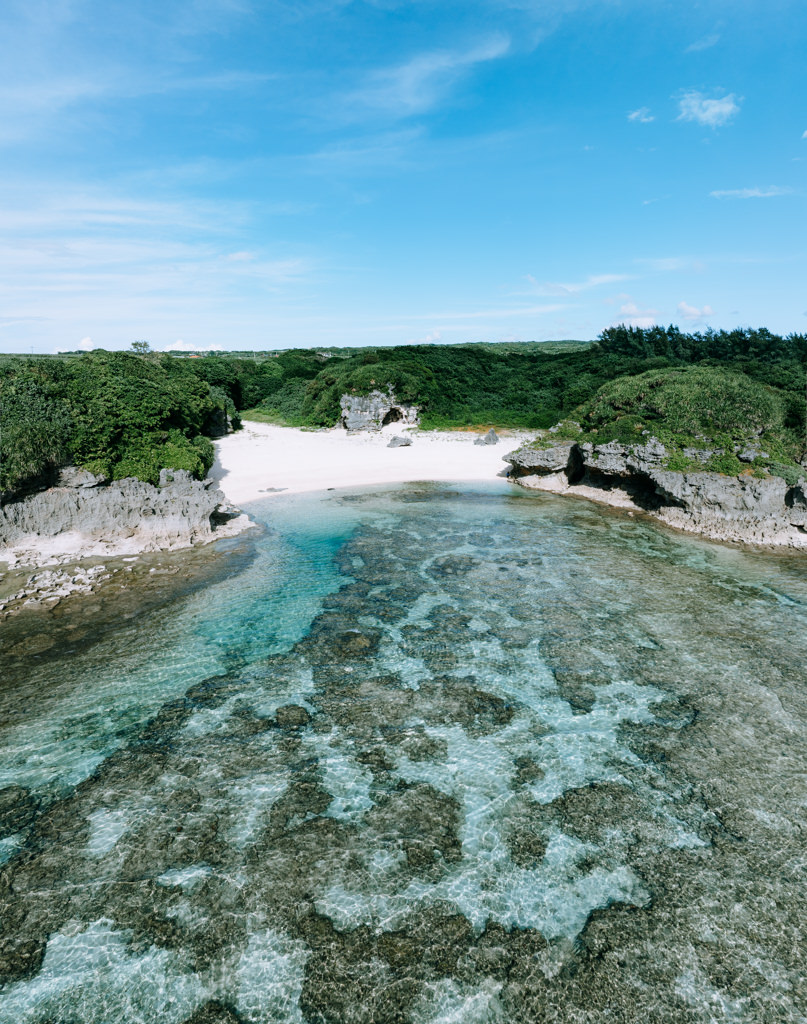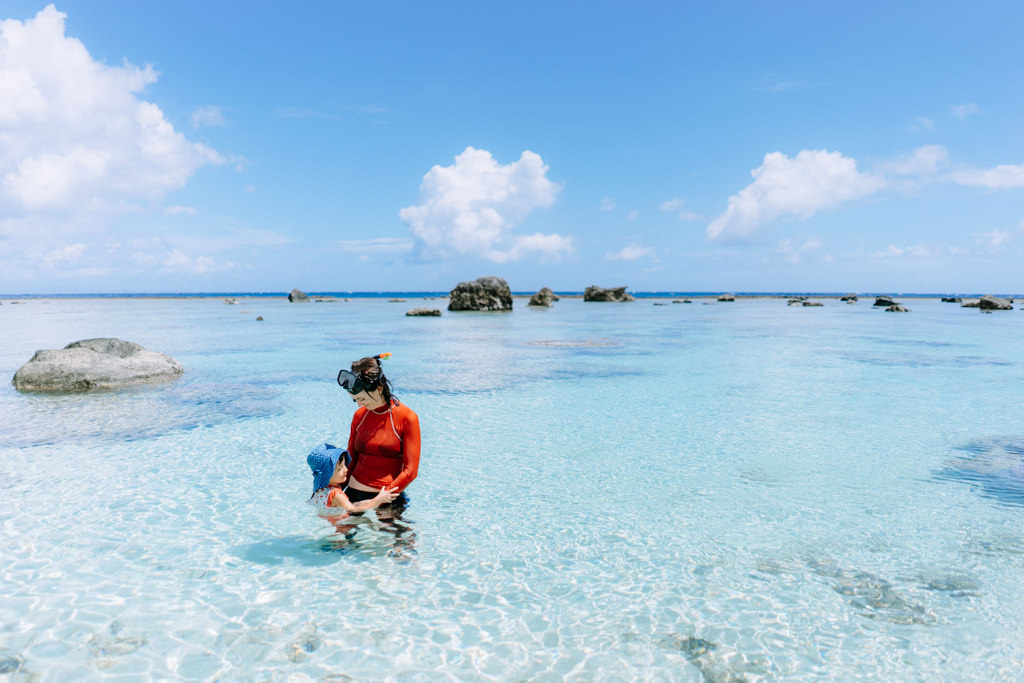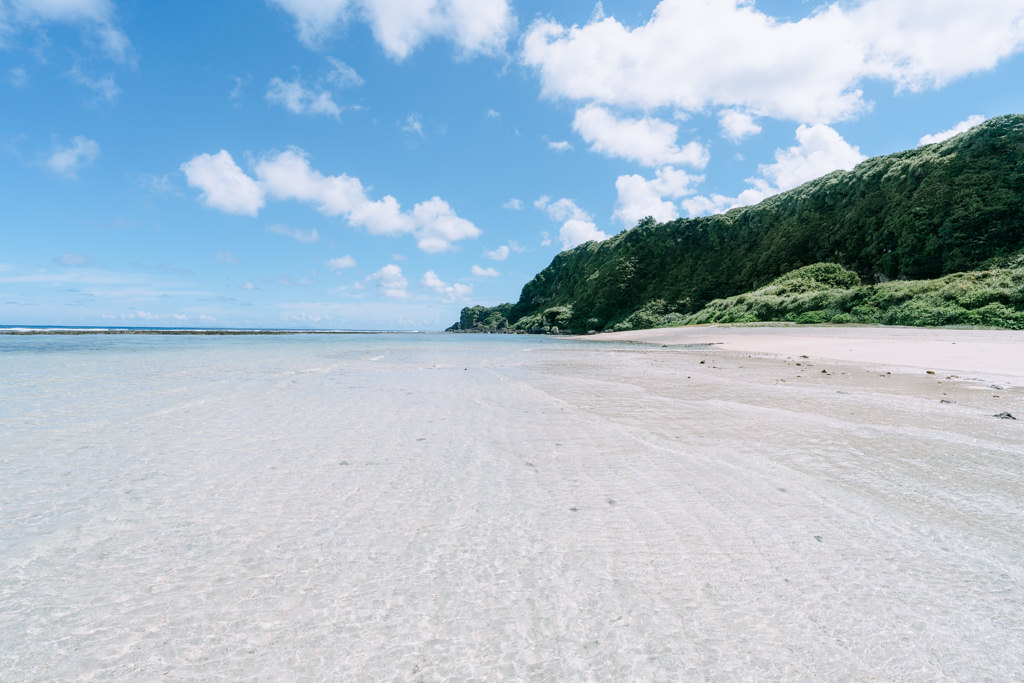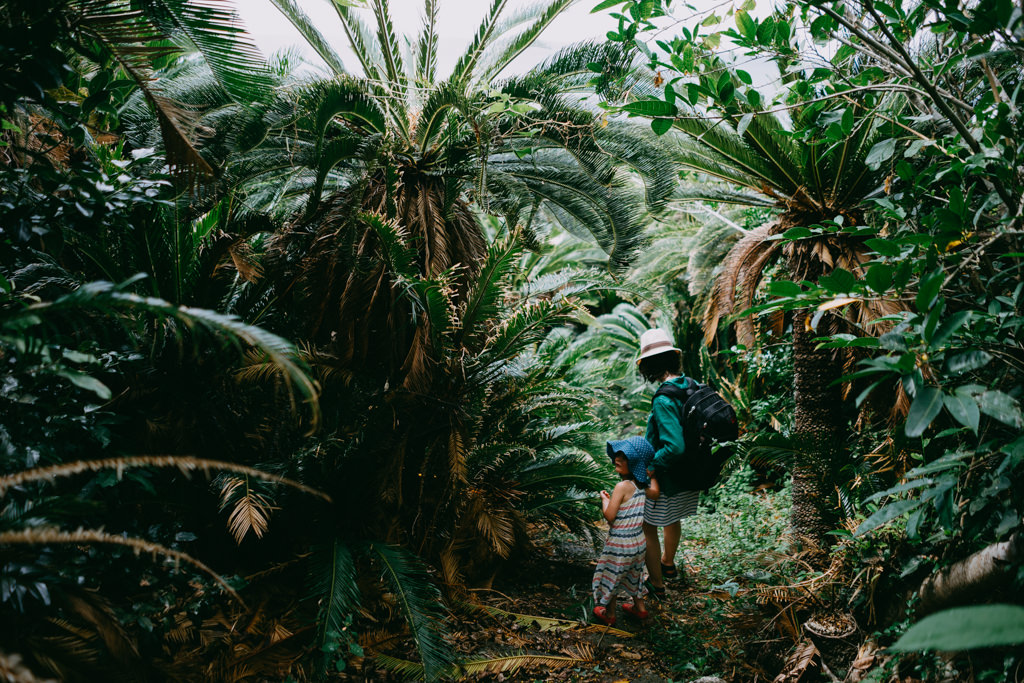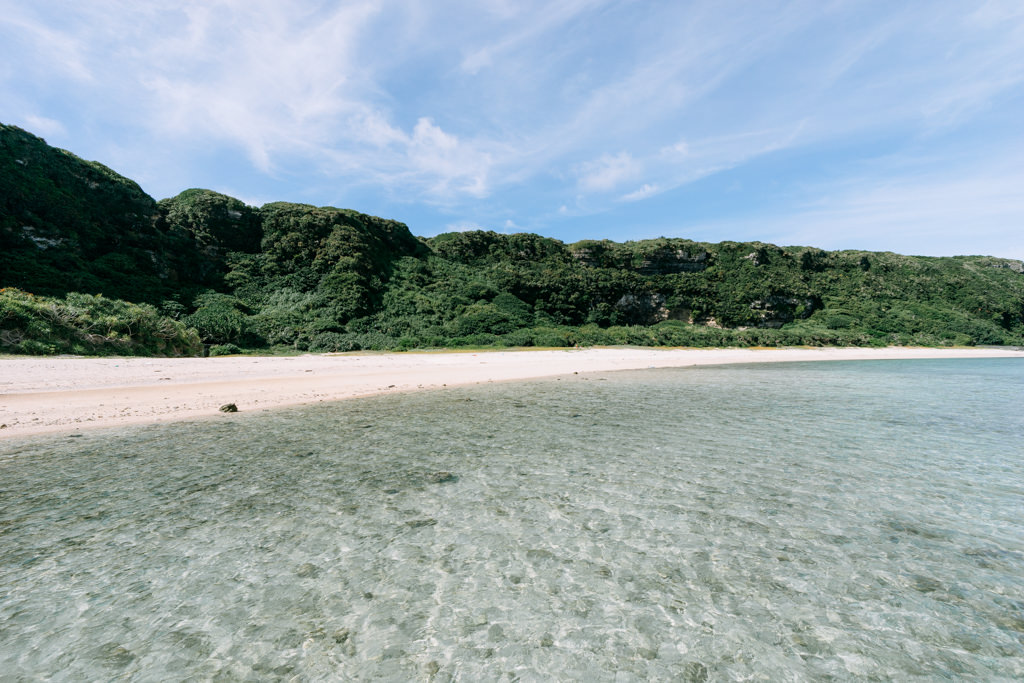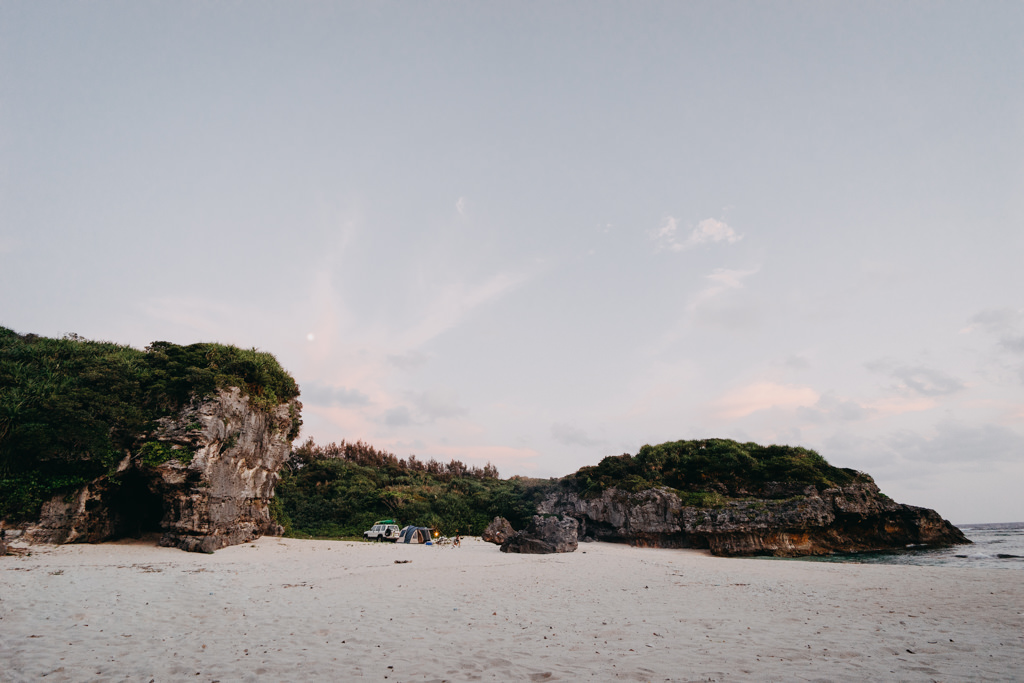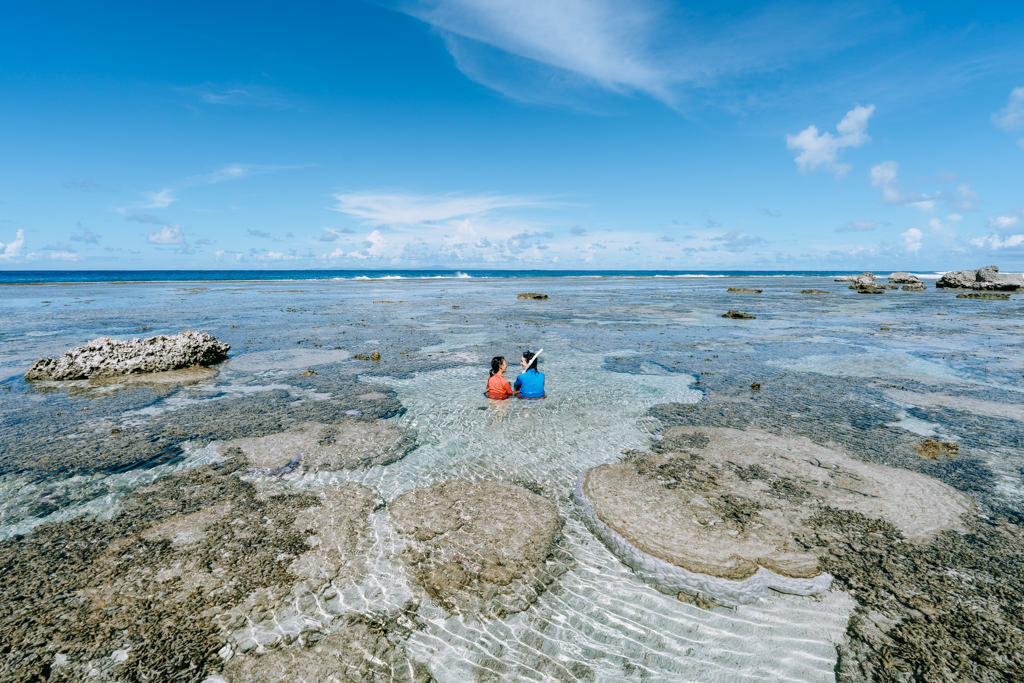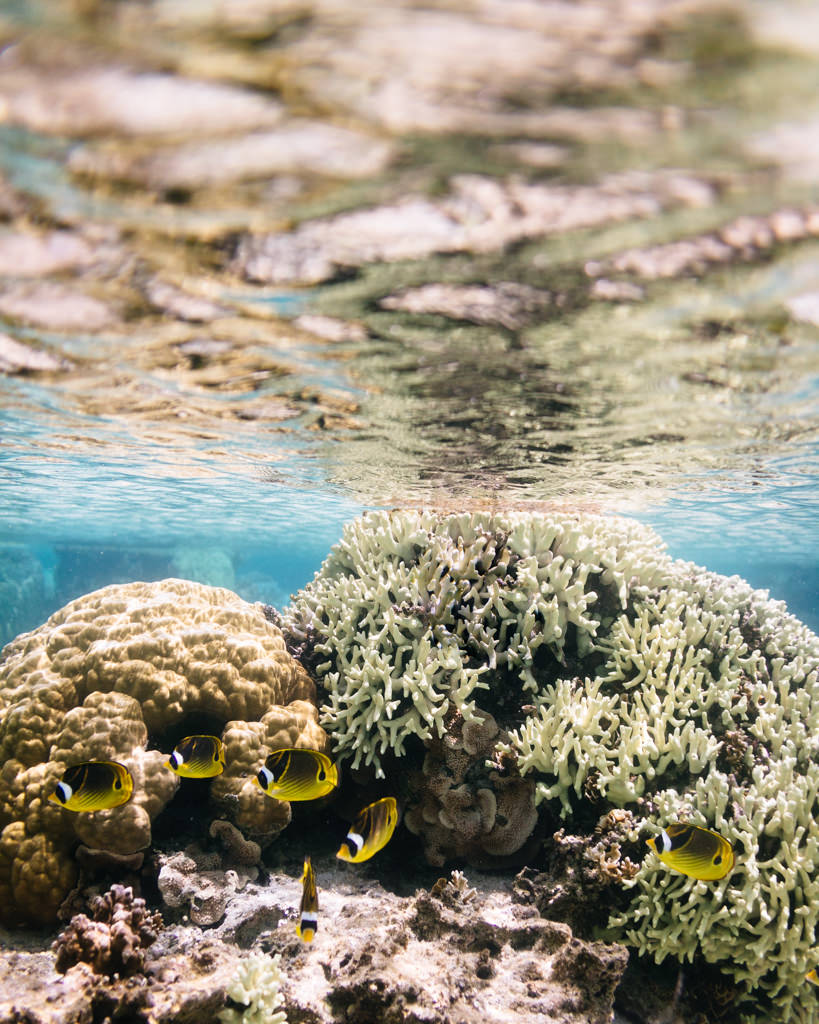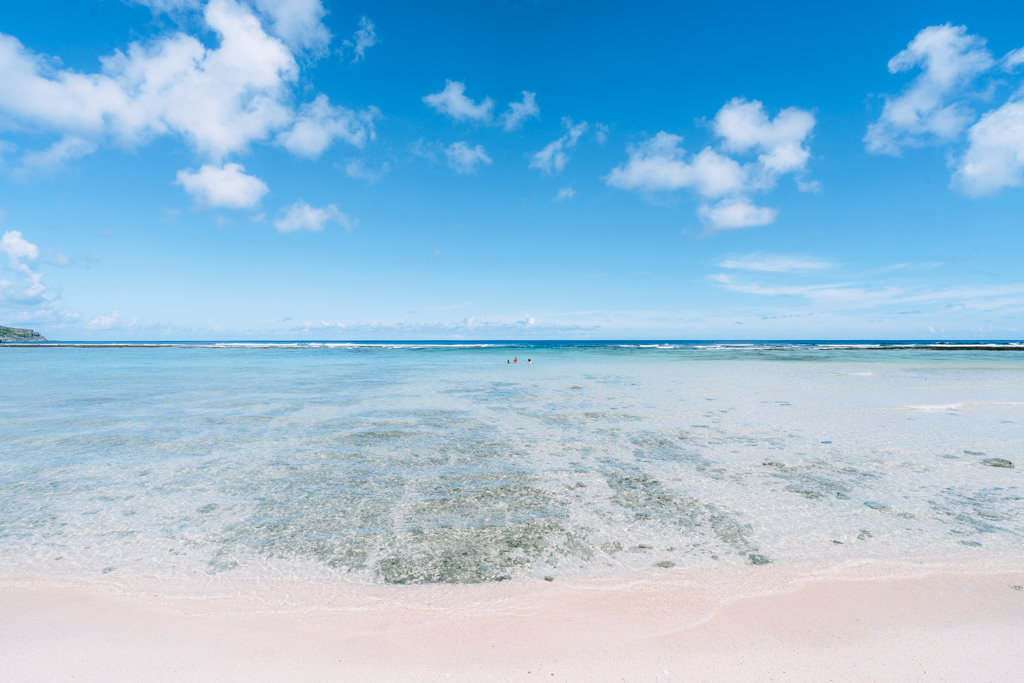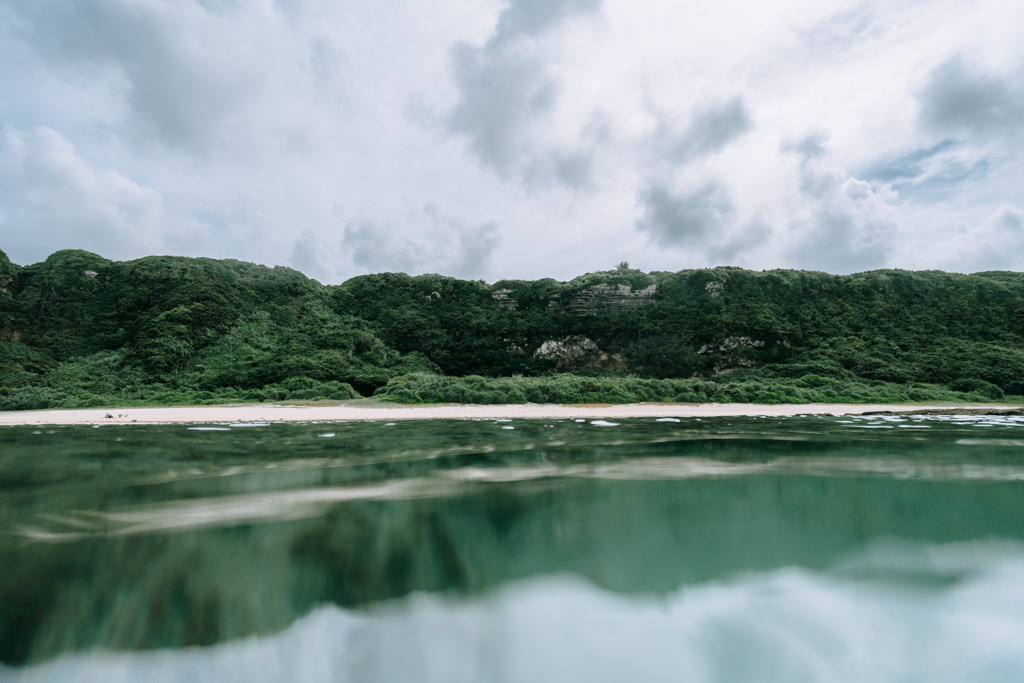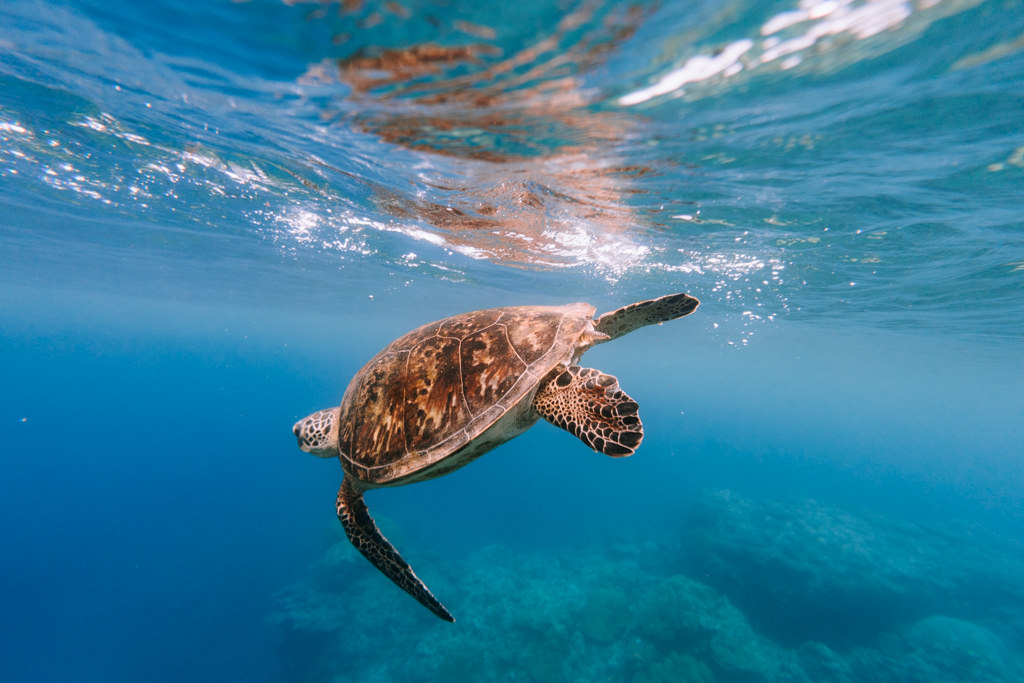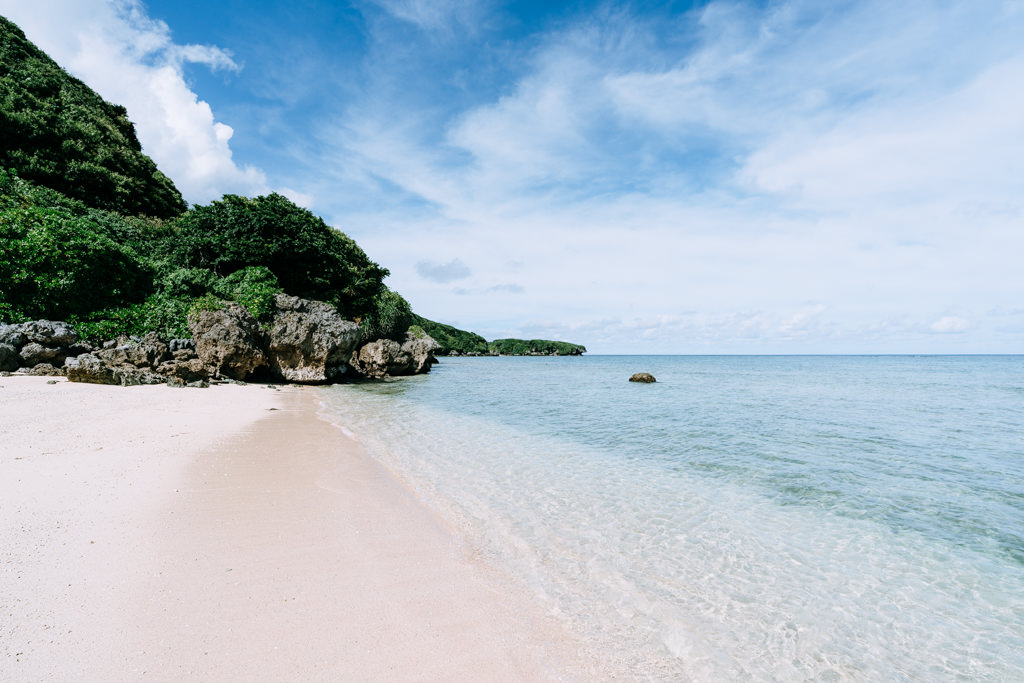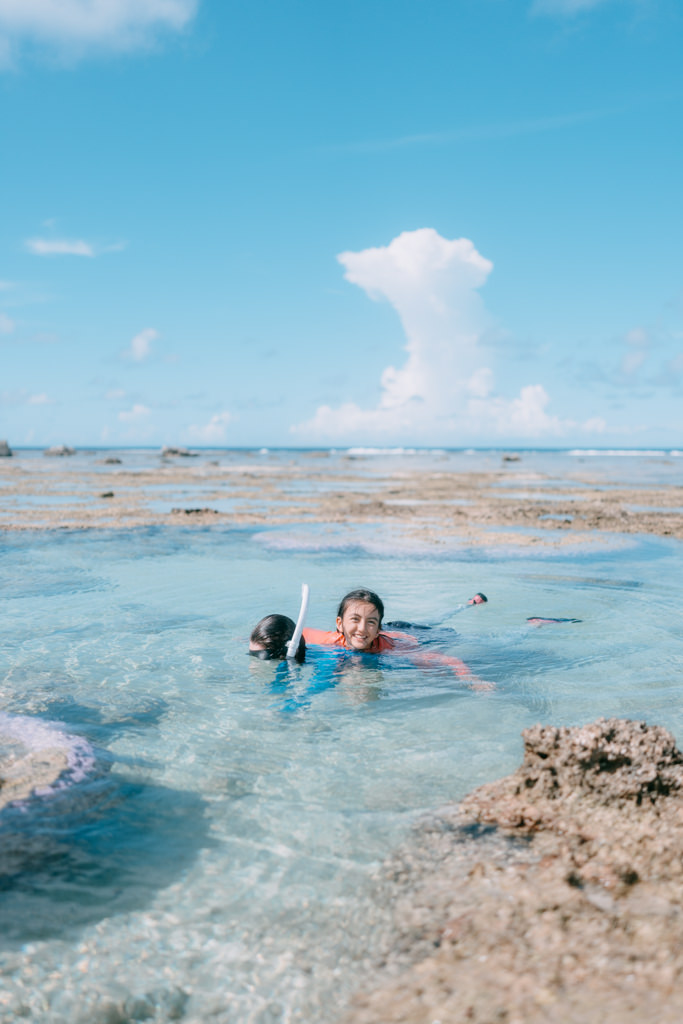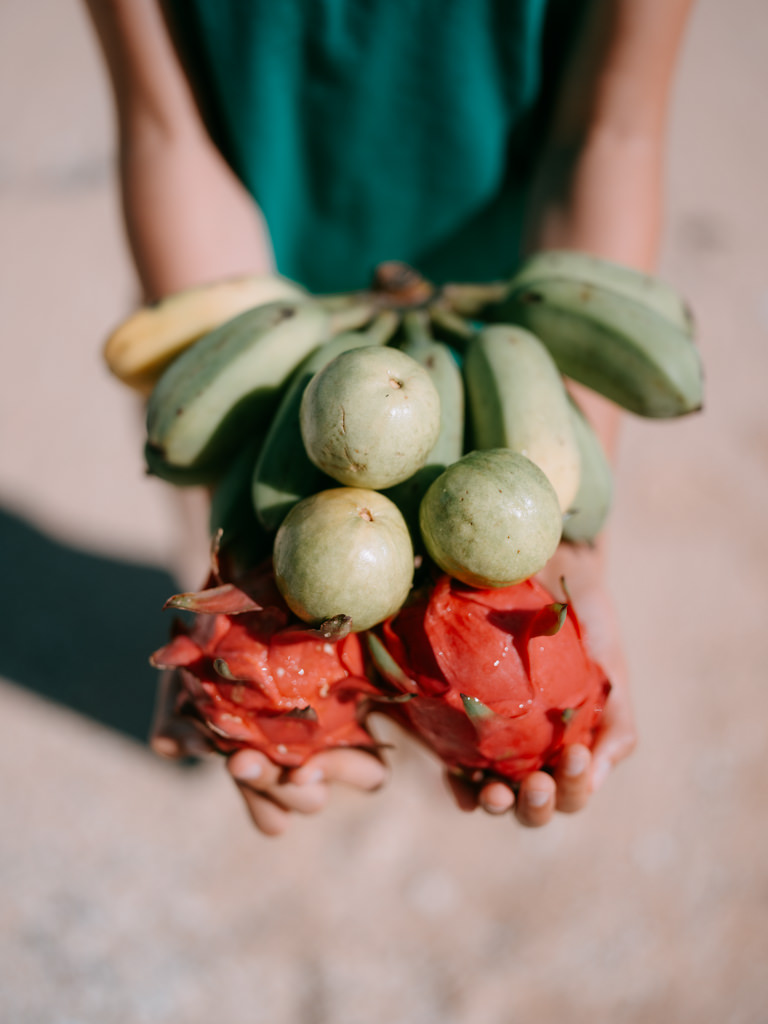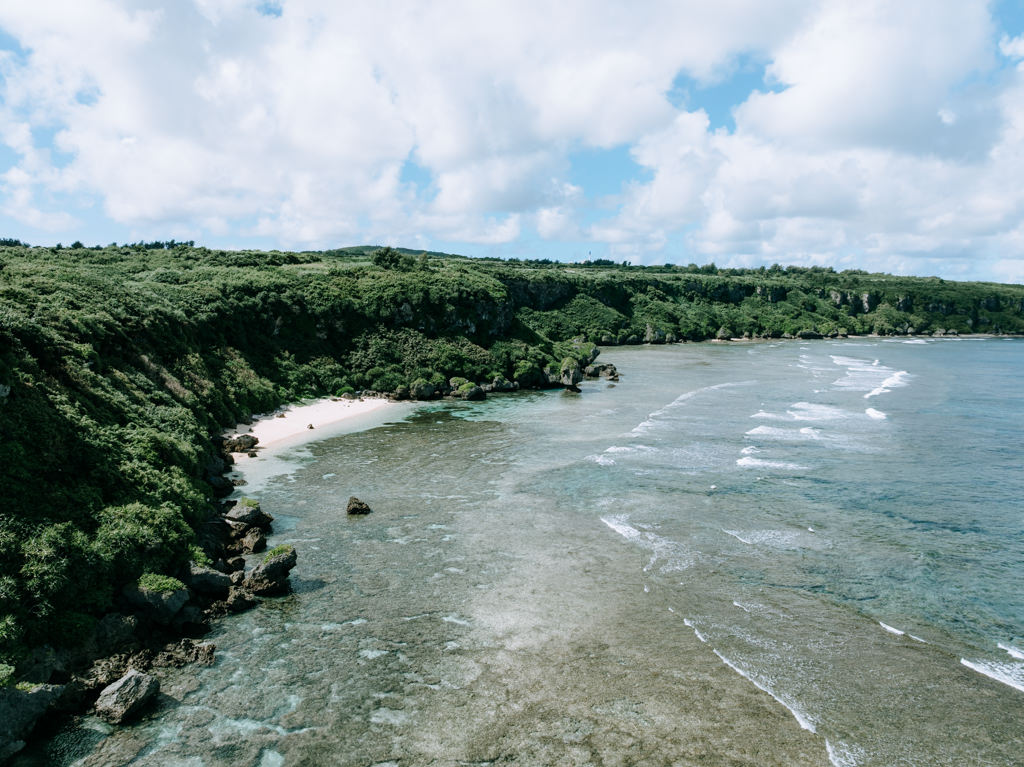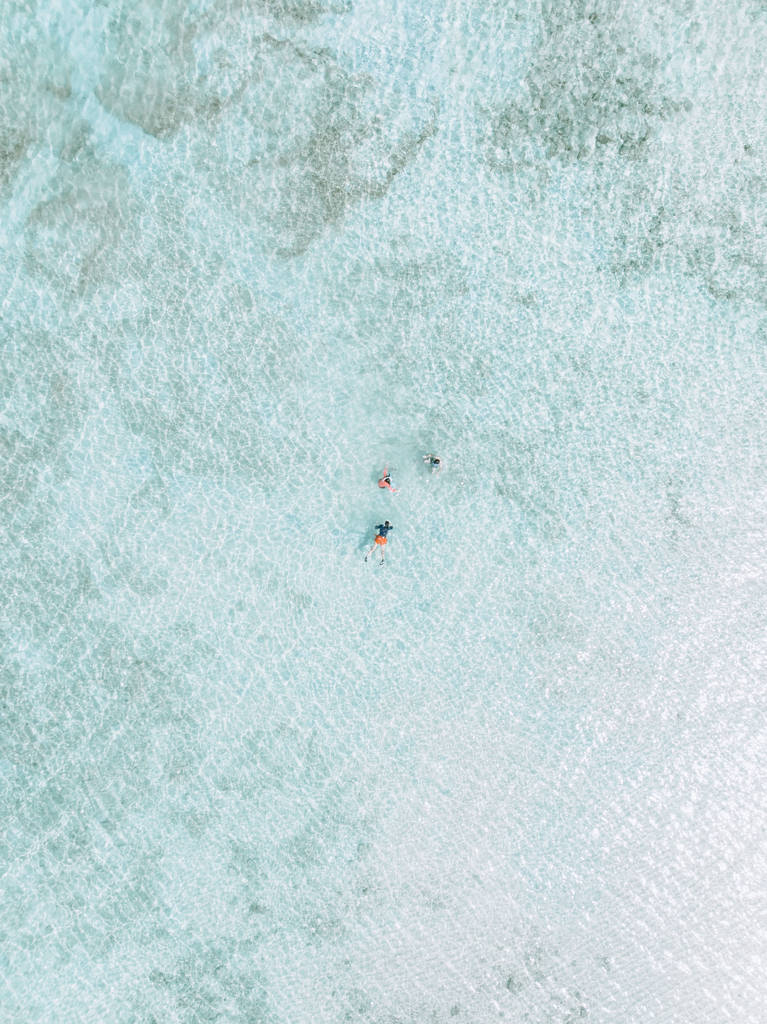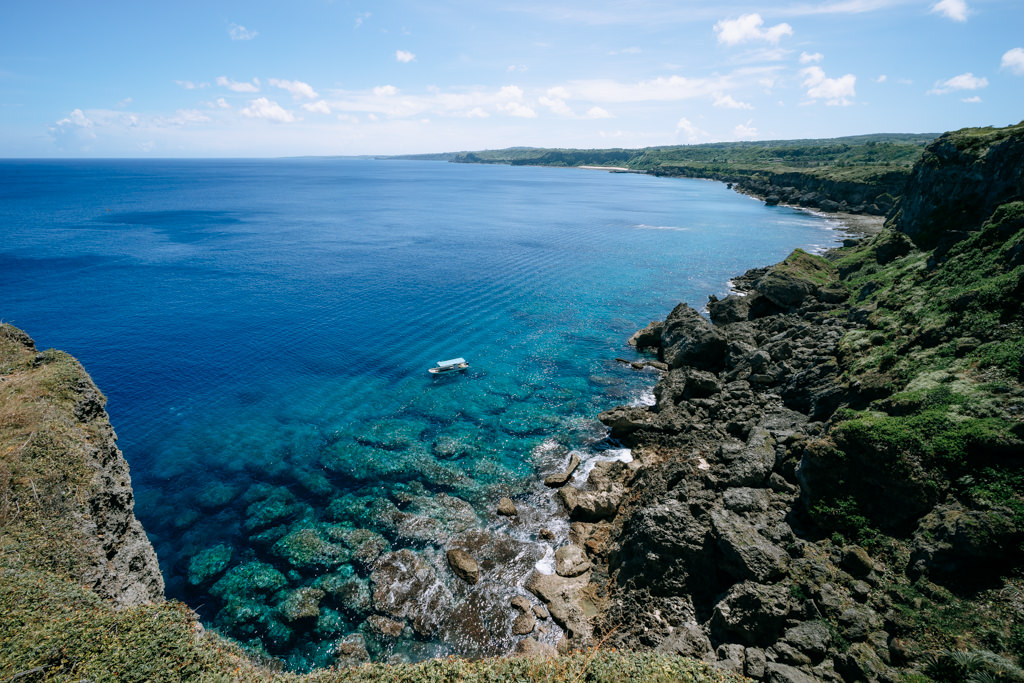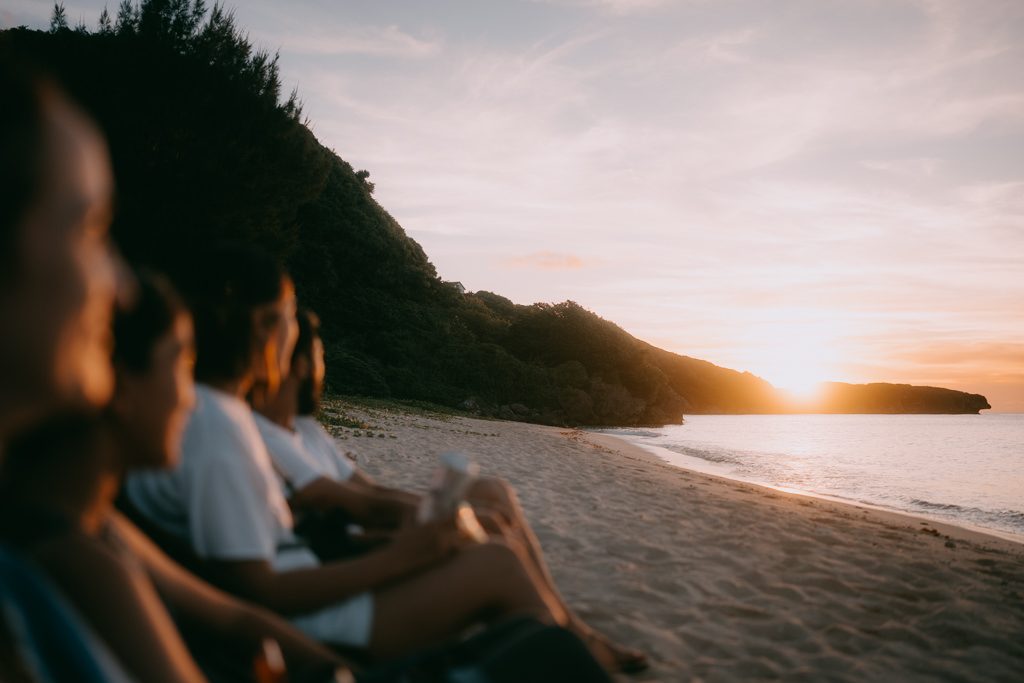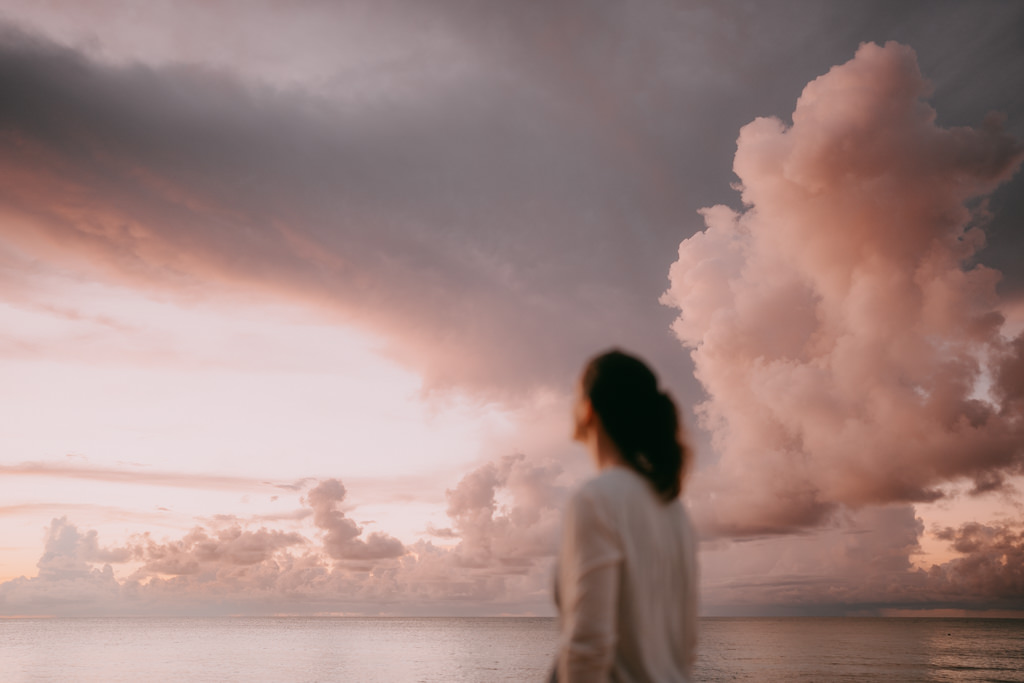
Okinoerabu Island (Okinoerabu-jima) of the Amami Islands
Okinoerabu Island (also known as Okinoerabu-jima) is one of the Amami Islands in Kagoshima Prefecture. It’s a subtropical island formed solely by emerged coral reefs. Okinoerabu-jima is famous for having many large underground caves and idyllic white sandy beaches sheltered by lush coral reefs with abundant tropical marine life. Okinoerabu-jima is also known for its large population of sea turtles (50 Green Sea turtles can be seen at the same time at one spot), and all beaches are important nesting sites for three types of sea turtles. Hundreds of sea turtles come to lay eggs on Okinoerabu-jima every year.
The water clarity is so high that there are many colonies of coral that can be found even 30m deep as the sunlight can reach through.
Okinoerabu-jima has many beautiful and secluded beaches, and no snakes, making it ideal for wild beach camping.
The towns of Okinoerabu-jima are very quiet, with few restaurants and lodgings.
Snorkeling & Beaches
If you’re coming to Okinoerabu-jima for snorkeling or its stunning beaches, check the tidal schedule before you book your flight/ferry. Aim for days when low tide doesn’t fall in the middle of the day. You’ll want high tide for both snorkeling and those postcard-worthy beach views. At Okidomari Beach there’s a channel that drops off quickly even at low tide; avoid it when the tide is receding, as rip currents easily develop. The northern coast such as this beach has some beautiful coral lagoons at low-mid tide.
We often mention the problem of plastic ocean garbage on beaches. Plastic rubbish is washed ashore from the Great Pacific Garbage Patch by typhoons or monsoonal winds. However, you will be impressed to see the lack of plastic garbage on Okinoerabu’s beaches. This is because many beaches on Okinoerabu Island have large metal boxes labelled as “漂着ごみステーション” which are bins for collected plastic ocean garbage found on beaches. Locals and tourists are aware of this system, so the more people that visit the beaches, the cleaner they become if we all do our bit!
Sea Turtles
Sea turtles are plentiful on Okinoerabu-jima and can be spotted at almost any beach, though most are shy and swim away when approached — even at Wanjo Beach. However, there is one special spot where the sea turtles are not shy at all; you can literally swim with many of them at arm’s length. Sea turtles can be seen here year-round, at any time of day. To reach this point, enter the water from the port’s boat slope.
Caving
Below the surface, Okinoerabu-jima boasts extensive limestone caves and intricate underground river channels that attract caving enthusiasts from around the world. Our friend’s guided tour is a great option and is suitable for all levels. If you’re looking for an easy self-guided cave walk, we recommend Sumiyoshi Kurago and Shoryudo Limestone Cave.
Tropical Fruits
Okinoerabu-jima is abundant in tropical fruits such as bananas, dragon fruit, mangoes, pineapples, and guavas, depending on the season. Bananas (we especially love the local citrusy variety) are so plentiful that they’re often sold for just 300 yen a bunch at honesty stands (unmanned roadside stands). We’re guava fans and try them on every island we visit, but Okinoerabu’s native red-fleshed guavas have been the best so far! If you’re not lucky with the honesty shops, this small store is a good place to pick up fresh local produce directly from farmers, depending on the day.
PrefectureKagoshimaSize94 sq kmPopulationApproximately 13,500AccessA flight from Kagoshima takes about 1 hour. A ferry from Amami Oshima takes about 6 hours. A ferry from Naha on Okinawa Main Island takes about 7 hours (4.5 hours from Motobu). A ferry from Kagoshima takes about 18 hours. There are also ferries from the other islands of the Amami Islands.Getting aroundCar rental
